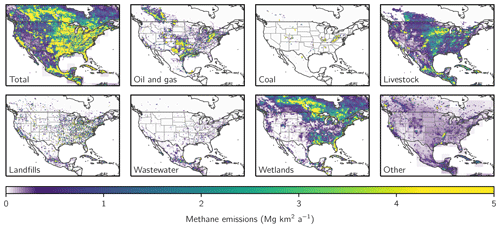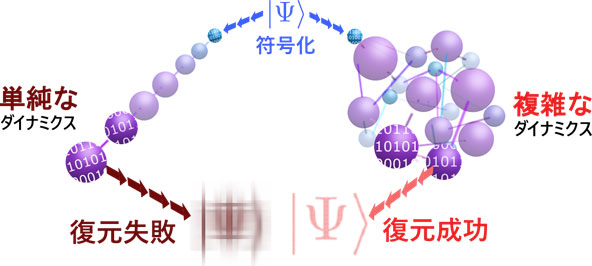2024-05-01 ハーバード大学
<関連情報>
- https://seas.harvard.edu/news/2024/05/epa-underestimates-methane-emissions-landfills-urban-areas
- https://acp.copernicus.org/articles/24/5069/2024/
2019年TROPOMI衛星データのインバージョンから推定された高解像度米国メタン排出量:各州、都市部、埋立地からの寄与 High-resolution US methane emissions inferred from an inversion of 2019 TROPOMI satellite data: contributions from individual states, urban areas, and landfills
Hannah Nesser, Daniel J. Jacob, Joannes D. Maasakkers, Alba Lorente, Zichong Chen, Xiao Lu, Lu Shen, Zhen Qu, Melissa P. Sulprizio, Margaux Winter, Shuang Ma, A. Anthony Bloom, John R. Worden, Robert N. Stavins, and Cynthia A. Randles
Atmospheric Chemistry and Physics Published:30 Apr 2024
DOI:https://doi.org/10.5194/acp-24-5069-2024

Abstract
We quantify 2019 annual mean methane emissions in the contiguous US (CONUS) at 0.25° × 0.3125° resolution by inverse analysis of atmospheric methane columns measured by the Tropospheric Monitoring Instrument (TROPOMI). A gridded version of the US Environmental Protection Agency (EPA) Greenhouse Gas Emissions Inventory (GHGI) serves as the basis for the prior estimate for the inversion. We optimize emissions and quantify observing system information content for an eight-member inversion ensemble through analytical minimization of a Bayesian cost function. We achieve high resolution with a reduced-rank characterization of the observing system that optimally preserves information content. Our optimal (posterior) estimate of anthropogenic emissions in CONUS is 30.9 (30.0–31.8) Tg a−1, where the values in parentheses give the spread of the ensemble. This is a 13 % increase from the 2023 GHGI estimate for CONUS in 2019. We find emissions for livestock of 10.4 (10.0–10.7) Tg a−1, for oil and gas of 10.4 (10.1–10.7) Tg a−1, for coal of 1.5 (1.2–1.9) Tg a−1, for landfills of 6.9 (6.4–7.5) Tg a−1, for wastewater of 0.6 (0.5–0.7), and for other anthropogenic sources of 1.1 (1.0–1.2) Tg a−1. The largest increase relative to the GHGI occurs for landfills (51 %), with smaller increases for oil and gas (12 %) and livestock (11 %). These three sectors are responsible for 89 % of posterior anthropogenic emissions in CONUS. The largest decrease (28 %) is for coal. We exploit the high resolution of our inversion to quantify emissions from 70 individual landfills, where we find emissions are on median 77 % larger than the values reported to the EPA’s Greenhouse Gas Reporting Program (GHGRP), a key data source for the GHGI. We attribute this underestimate to overestimated recovery efficiencies at landfill gas facilities and to under-accounting of site-specific operational changes and leaks. We also quantify emissions for the 48 individual states in CONUS, which we compare to the GHGI’s new state-level inventories and to independent state-produced inventories. Our posterior emissions are on average 27 % larger than the GHGI in the largest 10 methane-producing states, with the biggest upward adjustments in states with large oil and gas emissions, including Texas, New Mexico, Louisiana, and Oklahoma. We also calculate emissions for 95 geographically diverse urban areas in CONUS. Emissions for these urban areas total 6.0 (5.4–6.7) Tg a−1 and are on average 39 (27–52) % larger than a gridded version of the 2023 GHGI, which we attribute to underestimated landfill and gas distribution emissions.



